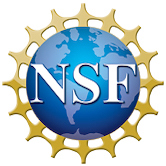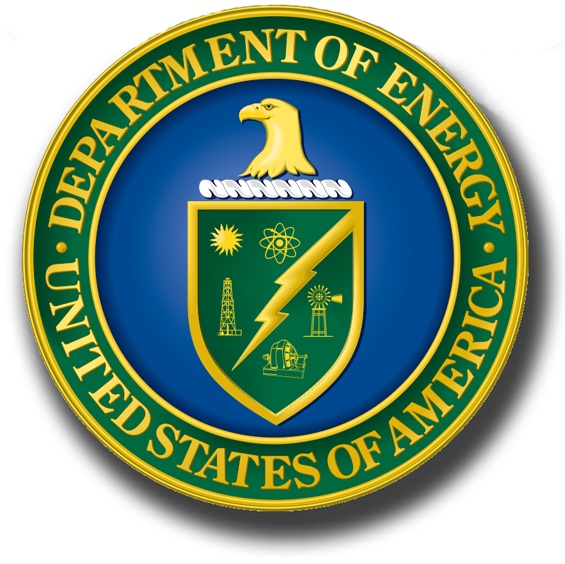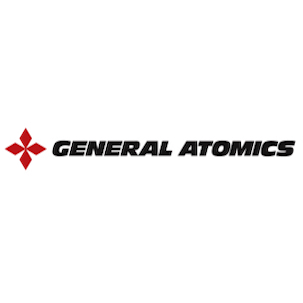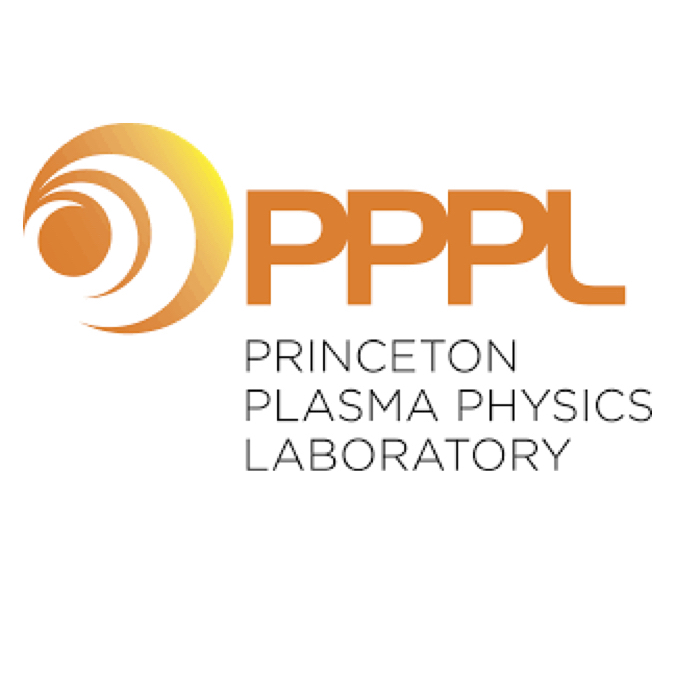NUBEAM Surrogate Models Based on MLP, CNN and Parallel CNN-LSTM Neural Network Architectures
Z. Wang, V. Graber, T. Rafiq, E. Schuster
29th IAEA Fusion Energy Conference
London, UK, October 16-21, 2023
|
Abstract
|

|
The neutral beam injection (NBI) system is one of the most effective H&CD sources in tokamaks, as it generates
highly energetic neutral particles that collide with plasma ions and electrons, heating the plasma through Coulomb collisions.
It also drives a non-inductive current source through charge-exchange collisions with the plasma’s ions and injects a toroidal
torque that generates plasma rotation. The NUBEAM module predicts the effects of the NBI system on plasma heating, current
drive, neutron rate, momentum transfer, and shine-through, but it is encumbered by its demanding computational requirements
due to its reliance on Monte Carlo methods. In order to address this issue, three neural network (NN) architectures are
used to develop three NN-based surrogate models that can process simulations more quickly than the NUBEAM module
without sacrificing computational accuracy. The three NN-based surrogate models are (1) NUBEAMnet-1, which is based
on Multi-Layer Perceptrons (MLP), (2) NUBEAMnet-2, which is based on a convolutional neural network (CNN), and (3)
NUBEAMnet-3, which is based on a novel parallel architecture that combines CNN and Long Short-Term Memory (LSTM)
networks. This work evaluates the NN-based surrogate models based on accuracy of prediction and execution time. The results
indicate that the three proposed NUBEAMnets are viable alternatives to the NUBEAM module for the rapid simulation of NBI
effects, which can benefit tasks such as between-shot analysis and real-time feedback control during an experiment. The work
presented in this paper enables the development of control schemes that utilize NUBEAMnet to regulate the current profile by
modulating the NBI power.








